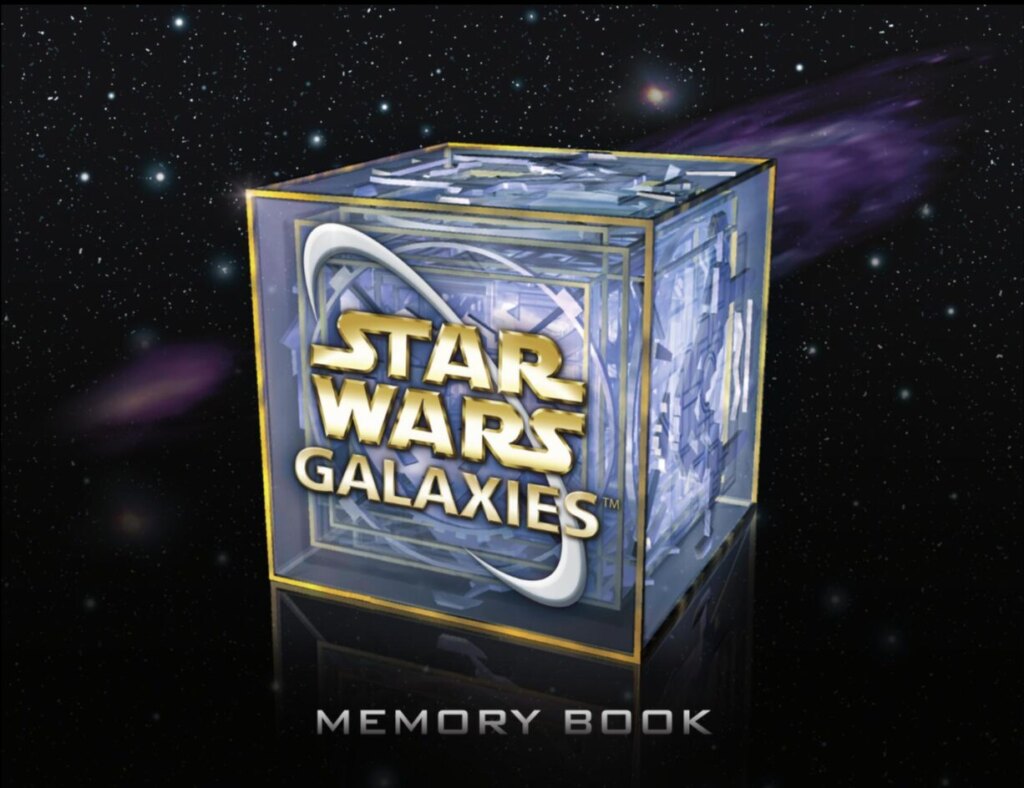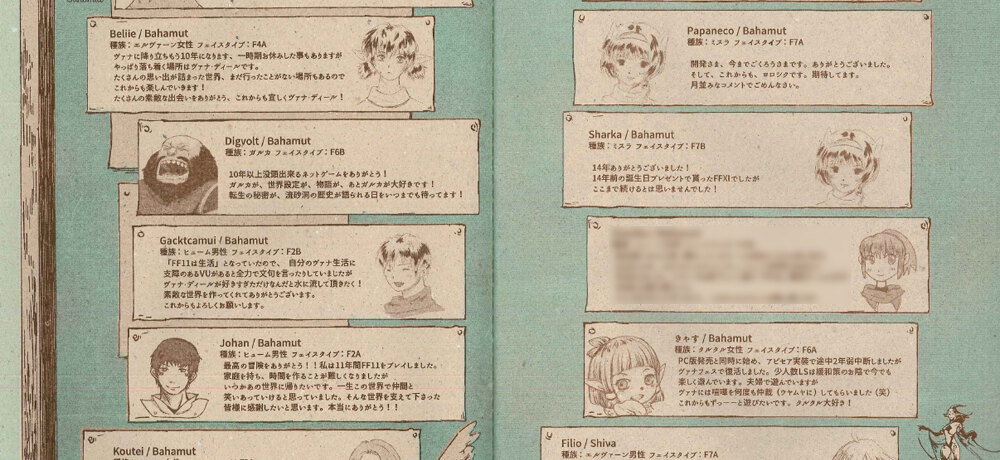
Player memories and game histories
In 2023, game designer Melos Han-Tani, the maker (with Marina Kittaka) of the two Anodyne games, gathered together fan art, thoughts, comments and stories from 69 people to produce Ten Years of Anodyne. This memory book captures a range of player and artist insight into how the games spoke to them, the experiences that contextualised their gameplay, and their favourite spots, moments and memories from the first Anodyne game (released 2013), along with a sense of the meaningfulness of both games in the series.
Scholarship in memory studies has asked, and continues to ask, how memories in the digital age are meaningful (Bauman 1992), and how they might bring about a sense of cohesion, hope, or profundity (Lagerkvist 2014). Ten Years of Anodyne demonstrates a number of ways in which such questions might be answered; and is not, of course, the first collection of this kind. It is, however, indicative of the ways in which players are motivated to remember, articulate and historicise their game experiences: working across massively multiplayer games, we can see other memory books produced around Star Wars Galaxies, for example, or Final Fantasy XI.

The cover of the Star Wars Galaxies Memory Book.
Anniversary moments are particularly significant in these processes, enlivening calls from developers or other players to contribute memories and stories to collections both large and small, in a celebratory frame. The collaborative process of remembrance, stimulated and heightened by such moments, creates what has been called a ‘“documentary” product’ that is ‘in a sense real’ (Kitch 2002: 61). These stories represent a form of afterlife for game experiences; remnants of play, and the materials of historical work around games. They sit alongside other places in which player stories are preserved: in the margins of paper character sheets, through the incomplete maps that track their ventures, in After Action Reports and walkthroughs, in Actual Plays and Let’s Plays.
Of course, relatively little of this material rests in formal archives, although examples such as the National Videogame Museum’s Animal Crossing Diaries (UK), or the PlaGMaDa papers at the Strong National Museum of Play (USA) present exceptions to this rule. Far more of this material, however, rests in corporately owned spaces: notably on YouTube and Reddit, but also, and very significantly, within the ownership of the originating game’s developers, publishers, or other IP owners. This makes apparently archived materials extremely vulnerable – to takedown requests (a problem shared with many other aspects of digital memory: see Saber 2020), or to corporate loss of interest – the latter visible in the loss of public access to CCP Games’ EVE Online: True Stories of the First Decade, removed during a website redesign.

The material in the Animal Crossing Diaries collection is sorted into a range of themes relating to life during the pandemic, including Staying in Touch. Screenshot from the National Videogame Museum website.
Indeed, given players’ willingness to participate in official anniversary activities, game providers can often be understood as owning the primary space of remembrance around games, the locus of the lieu de mémoire (Nora 1989) which a game anniversary presents. This gives them both power and responsibility: through their policies and actions (or inaction), these companies can assert the authority to decide ‘what the “proper” ways to remember are’ (Jelin 1998); to legitimise specific engagements with and interpretations of the past, while at the same time neglecting or rejecting others.
For game historians, this represents a particular challenge. Many of us working in the field have asserted that we don’t pay enough attention to player histories, and focus far more on developer histories and histories of game technology. This situation of (archival) vulnerability raises questions about how these histories can best be accessed and preserved, about who owns game history and, to an extent, about how this ownership distorts the material that is available, for example through content policies, and the prioritising of player narratives that align to developer narratives. These are issues that we must tackle if we are to recognise and value the player, and player memory, in game history.
References
Bauman, Z. (1992) Mortality, Immortality & Other Life Strategies. Cambridge: Polity Press.
Jelin, E. (1998) The Minefields of Memory. NACLA Report on the Americas, 32(2), pp. 23-29. https://doi.org/10.1080/10714839.1998.11725654.
Kitch, C. (2002). Anniversary Journalism, Collective Memory, and the Cultural Authority to Tell the Story of the American Past. The Journal of Popular Culture, 36, pp. 44-67. https://doi.org/10.1111/1540-5931.00030.
Lagerkvist, A. (2014) A Quest for Communitas: Rethinking Mediated Memory Existentially. Nordicom Review, 35, pp. 205-218.
Nora, P. (1989) Between Memory and History: Les Lieux de Mémoire. Representations, 26, pp. 7-24.
Saber, D. (2020) ‘Transitional What?’ Perspectives from Syrian Videographers on the YouTube Take-Downs and the ‘Video-as-Evidence’ Ecology. In D. Agostinho, S. Gade, N. Thylstrup and K. Veel, eds. (W)Archives: Archival Imaginaries and Contemporary Wars. Berlin: Sternberg Press, pp. 385-408.
